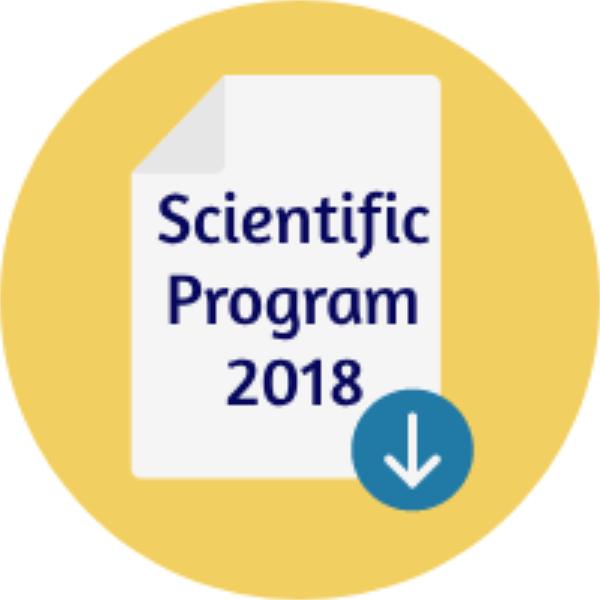
Amal Al Sabahi
Sultan Qaboos University, Oman
Title: Novel pyrazoline as a new reagent for quantifying primary alcohols using HPLC-FLD
Biography
Biography: Amal Al Sabahi
Abstract
Statement of the Problem: Many labeling reagents are commercially available for quantifying primary alcohols; however, these reagents show some drawbacks, such as toxicity, lack of sensitivity and selectivity, low solubility, and high cost. Using fluorescent heterocyclic compounds as labels is an outgrowing field in analytical chemistry. Pyrazolines are well known heterocycle owning fascinating photophysical properties that qualify them for sensing and imaging of bioorganic molecules. The applications of these dyes span many areas from photodynamic cancer therapy, organic light emitting diodes, to fibers whitening and brightening. However, recently it has been evaluated as potential candidates for pre-column derivatization of amino acids and neurotransmitters. The purpose of this study is to evaluate the adequacy of the newly synthesized pyrazoline, 4-(1-(4-trifluoromethyl) phenyl)-4, 5-dihydro-3-(naphthyl)-1H-pyrazole-5-yl) benzoic acid (TFNPB) as a label for primary alcohols and to develop a pre-column derivatization method for quantifying these analytes in different matrices.
Methodology & Theoretical Orientation: TFNPB was synthesized by the conventional method, which involves two steps, an aldol condensation reaction between acetyl-naphthalene and 4-formylbenzoic acid followed by Michael addition of the phenyl-hydrazine. The photophysical properties including absorption, emission, and lifetime measurements have been studied in different solvents. Primary alcohols were then derivatized by this reagent, and LC-MS was used to assess the produced derivatives. The derivatization procedure was optimized, and the assay of alcohols by this method was validated.
Findings: TFNPB shows excellent photophysical properties including high fluorescence intensity and quantum yield. It emits in the visible region at 460 nm in acetonitrile. It is used to derivative hydroxyl groups instantly at low temperature and in short reaction time. Alcohol derivatives show strong well-separated peaks (resolution μ1.5) on C8 column using 75% ACN in water. The produced derivatives were stable at room temperature for more than one month. Excellent linear relationships were obtained for four alcohols in the range 1.25-94 μmol L-1 (R2≥0.991). All figures of merit were calculated and the method developed was validated for the quantitative analysis of primary alcohols.

